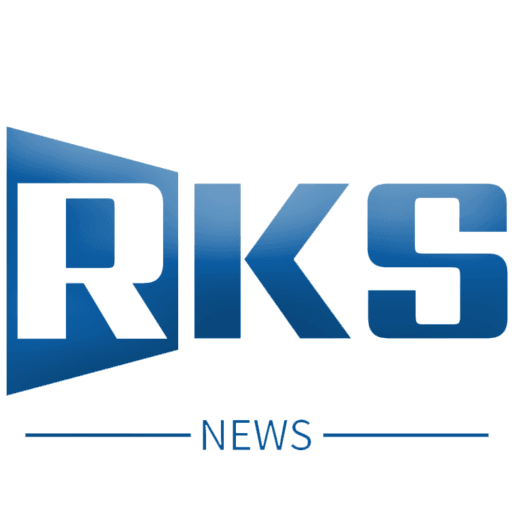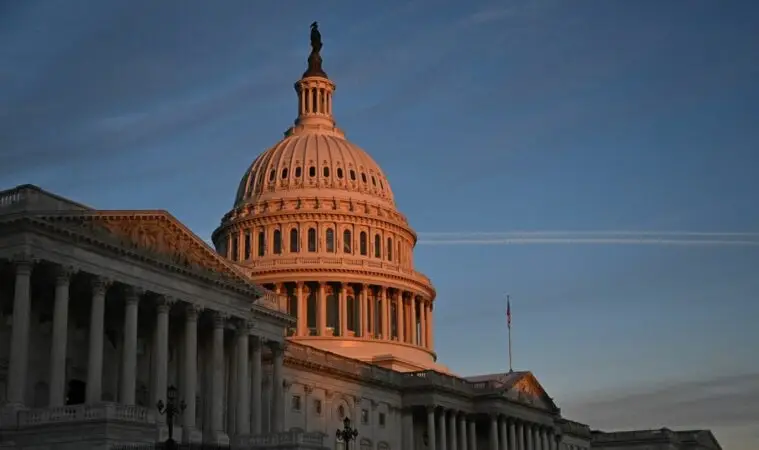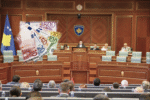The U.S. government has shut down most of its operations, after deep partisan divisions prevented Congress and the White House from reaching a funding agreement. The deadlock has triggered the 15th government shutdown since 1981, with no clear path to resolution in sight.
Federal agencies warned that the shutdown would have sweeping consequences: the suspension of the September jobs report, disruptions to air travel, halted scientific research, delayed military pay, and the furlough of 750,000 federal workers at an estimated daily cost of $400 million.
President Donald Trump, whose reform agenda already plans to cut around 300,000 federal jobs by December, warned Democrats that the shutdown could pave the way for “irreversible” actions, including further job and program cuts.
The shutdown began just hours after the Senate rejected a short-term funding bill that would have kept the government running until November 21. Democrats opposed the measure because Republicans refused to include an extension of health care benefits for millions of Americans expiring at year’s end. Republicans argued the issue should be handled separately.
Blame Game Intensifies
- Republicans accused Democrats of causing the shutdown by rejecting the GOP’s temporary funding bill. House Speaker Mike Johnson wrote on X: “Democrats have officially voted to SHUT DOWN the government.”
- Democrats, in turn, blamed Trump and the GOP. Former Vice President Kamala Harris posted: “Let’s be clear: Republicans control the White House, the House, and the Senate. This is their shutdown.”
The standoff signals what could be a prolonged and painful impasse with severe political and economic consequences.







